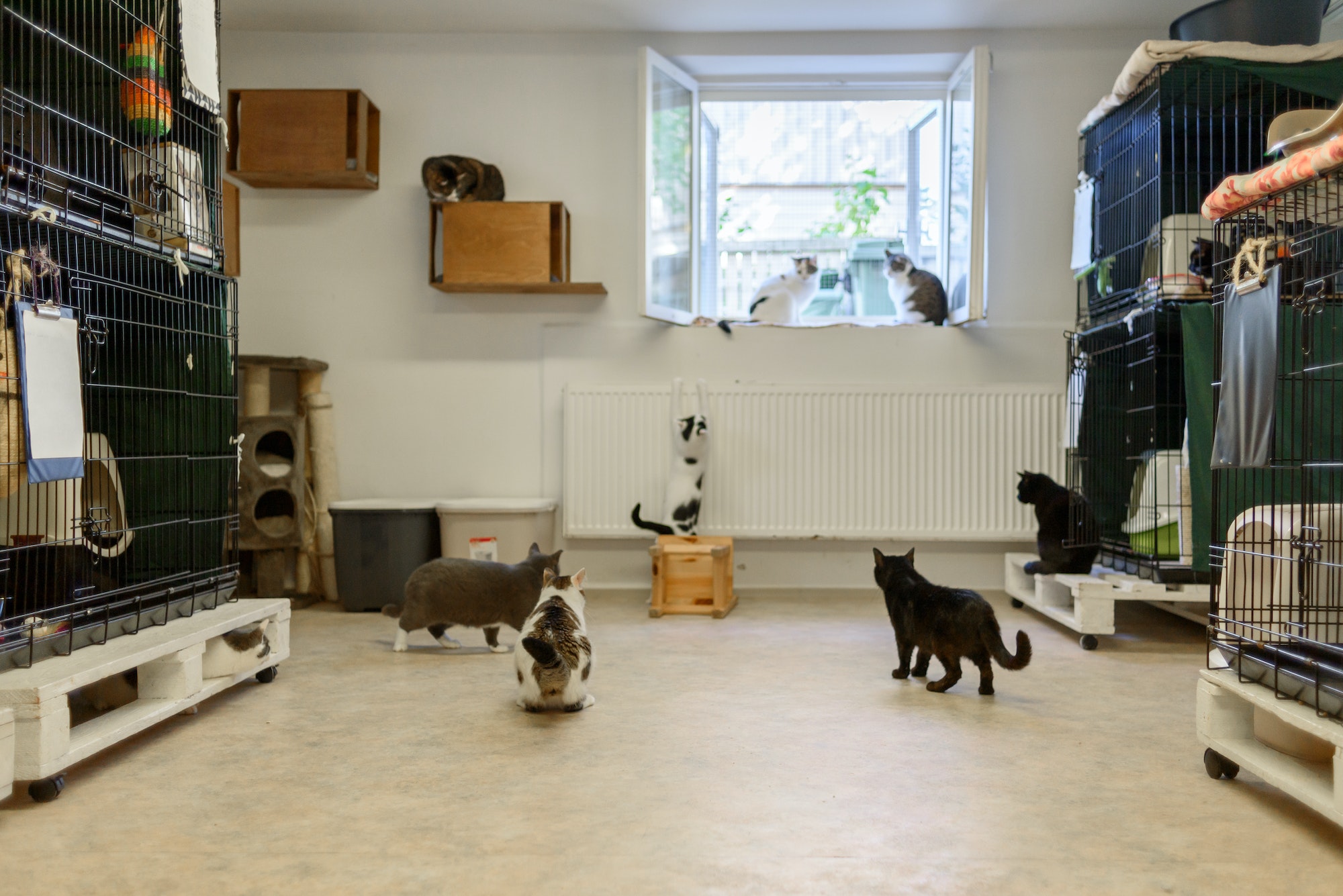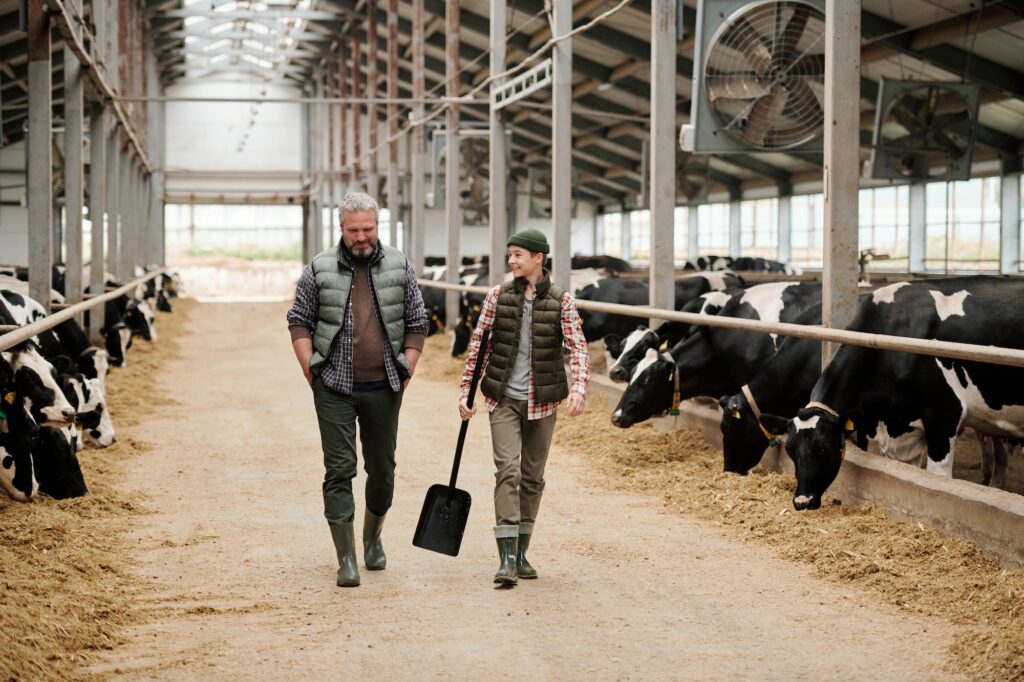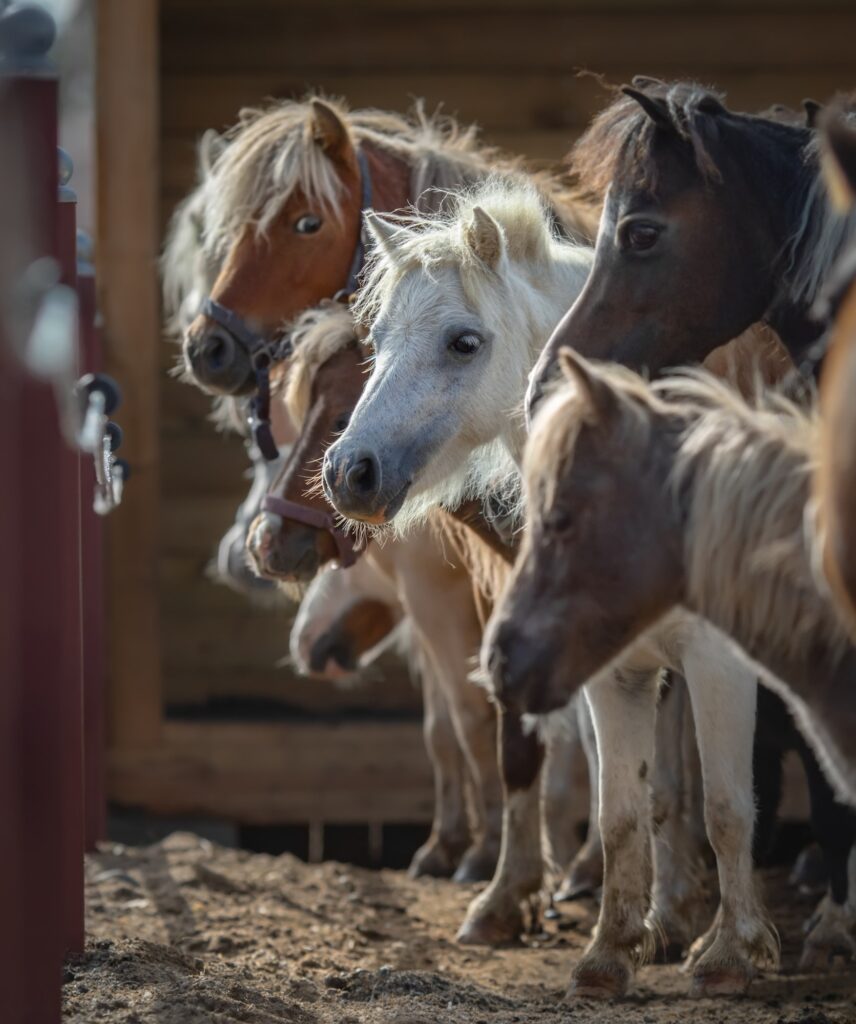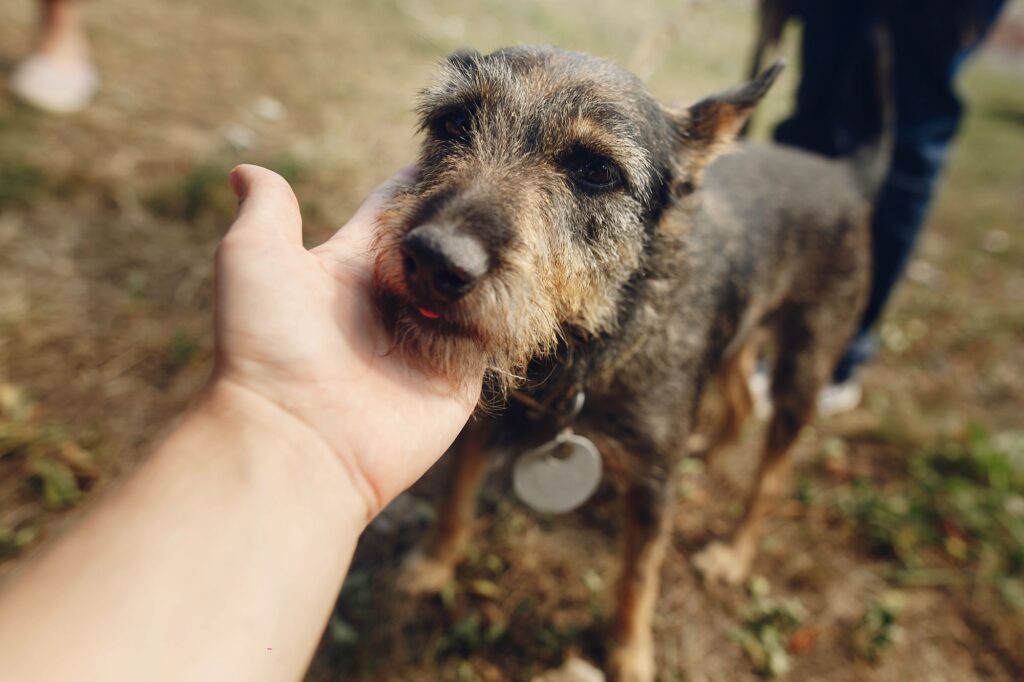
In the thousands of open-admission animal shelters run by knowledgeable, compassionate people, fortunate homeless and unwanted animals wind up.
Animals in need of comfort are given it at these facilities, and the living quarters are kept dry and clean. Sick and injured animals also receive care there. Each animal’s unique mental and physical needs are carefully taken into account by staff members at these facilities, who never turn away in needed creatures.
Open-admission shelters must euthanize unadoptable and unadoptable animals in order to provide refuge to every animal in need. The other option, which is to turn them away, is harsh and puts the animals in danger.
Numerous less fortunate lost or abandoned animals wind up in dismal shelters that are nothing more than shacks without walls or other forms of weather protection, where animals are frequently left to perish from sickness, exposure, or conflicts with other animals.
Even if that means taking in animals who are ill, severely damaged, violent, or old, a shelter that genuinely cares for animals should never turn its back on an animal in need. Although there is little to no possibility that anyone else will adopt or care for these animals, a conscientious animal sanctuary should at least offer them a painless exit from a society that does not want them.
Table of Contents
What Is The Ground Reality?

In reality, kill shelters are open admission facilities. Any animal that arrives into an open admission shelter must be taken in. Suppose there is room for 100 dogs and 100 cats. They begin the week on Monday with 80 dogs and 80 cats. Someone comes in to give up their 13-year-old golden retriever, who has been their companion for all that time. Because they are active, an arthritic dog with a weak bladder can no longer be a burden. A mother dog with her litter of six puppies follows the golden in close proximity. Two dogs which were adopted on Saturday have been returned twenty minutes later because they urinated inside the house. Three cats arrive, all from the same location; their owner passed away, and the daughter is opposed to litter boxes. Two 1-year-old labs are delivered; a baby is on the way, so there won’t be any time for hyperactive dogs anymore. A litter of kittens and their nursing mother enter the building. Another litter of kittens comes in five minutes later, but this time there is no mama and they are only four weeks old. We currently require 84 cat kennels (the motherless kittens have been hurriedly put with the last available kitten foster) and 86 dog kennels (the puppies stay with mum in one kennel). Whew. Still space, Right?
The animal control officials then enter the room. Seven cats—three from traps and four abandoned—and four canines, all without collars, tags, or microchips, have been brought in by Officer One. Three other canines that were reported for chasing poultry have been brought in by Officer 2. Officer Three has been extremely busy with two abandoned kittens, three stray cats, and nine stray dogs prowling around the landfill’s debris. With the addition of the puppies and their mother, our final tally now stands at 102 dogs and 96 cats. Two more dogs than the shelter has space for. One of the dogs, a terrified Chihuahua, is placed in a moving cage and brought inside the laundry area. To give the elderly golden retriever medicine and free up a kennel, a staff member transports him home.
Only Monday has passed. Additionally, the shelter only has space for four more cats and no more dogs. However, Tuesday will bring more canines and cats. Wednesday came next, with several parakeets, several dogs, and additional cats.
Prospective adopters amble up and down the aisles, looking inside the kennels. One pair shrugs their heads and walks away, grumbling that there were no yorkies, and hardly gives the dog with a kind heart and decent manners a glance. Or Westies, or Pomeranians.
A young woman brings her son to see the animals, but when she learns that it’s a “kill shelter,” she immediately turns around and leaves. She pauses just long enough to cast a disgusted glance at the front desk staff members behind her, asking, “How can you be so cruel?”
Another prospective adopter is looking for a dog that has been housebroken and is already familiar with the commands sit, remain, lie down, shake, roll over, and play dead. One more wants a dog, but it must be fluffy. The little pittie-hound hybrid puppies receive complete disregard.
It’s Thursday. Although this week saw a healthy number of adoptions, the shelter is currently at capacity. Technically, it is above capacity if you consider the three rolling cages that are crammed into the back hallway to house the three little dogs that did not get along with their family’s new puppy.
Euthanasia Day is today.
Who Gets To Live And Who Will Die?
Who made that terrible choice, by the way?
They are the ones that daily allow the sure possibility of hope mixed with a devastating disappointment into their hearts. They are the ones who can see past an animal’s mange, stinking ears, overgrown nails, and tangled hair to the animals that God purposefully made. They can see the souls of those animals and the occasionally scared, occasionally compassionate concern in their eyes: “Is it going to get better now?”
The personnel at the shelter make a quiet commitment to these animals as they bathe 6-week-old puppies that are bleeding profusely from having so many fleas on them. When officers bring in a malnourished puppy that has been abandoned in a kennel for weeks, they fervently pledge that things will improve. The person who handled the adoption kneels down in front of those wondering eyes and assures them that things will improve when a freshly acquired dog is discovered as a stray and the “owner” advises to simply keep him.
And when it isn’t – when nobody picks them, when the shelter is full – their hearts are absolutely torn apart. Then these professionals leave to go home, smile for their families, and attempt to forget the regret they feel for not being able to assist that person. As well as that one and that one.
The staff pulling up the pentobarbital syringe are not the awful realities of the animal shelter. Instead of worrying in his office over the large intake and poor adoption rate, the shelter director is thinking of innovative strategies to draw in prospective adopters.
Also Read Understanding Vegan Nutrition for Newborns: A Comprehensive Guide
It’s You.
Whoever believes it is acceptable for their intact male dog to roam the neighbourhood and produce successive litters of unwanted puppies. Puppies that are left at the shelter for another person to handle.
The individual who believes they can earn a lot of money from backyard breeding, but only until the inbreeding starts producing puppies with defects that nobody wants. Puppies that are left at the shelter for another person to handle.
Unaware that the mother lives a life of mostly neglect in a filthy cage outside until she becomes so covered in mammary tumours that she must be taken to the shelter, the person who spends $500 on the puppy for sale in the back of the truck at Wal-Mart encourages that backyard breeder to keep on breeding.
When the puppy is 7 months old and the owner starts digging, chewing, or barking, it’s time to drop the puppy off at the shelter so that someone else can deal with her.
Whoever thinks they’d like to travel more and that their senior dog, who has lumps and sores, should be left at the shelter for someone else to handle.
The hunter who drives away in a cloud of dust after leaving the gun-shy dog behind on a side road, leaving him for someone else to handle.
The pleasant middle-class family who complains when a wandering intact male abandons their dog with an undesired litter of puppies because they refuse to have their dog neutered. Puppies that are left at the shelter for another person to handle.
The person who hides behind a computer screen and sends hateful words, calling the staff at the shelter cold, heartless, and cruel… all the while cuddling the pet shop dog they bought; the shelter mutts are someone else’s problem.
How could the individual who claims that the shelter has received too much of their tax dollars wish to expand its budget for services like spay and neuter clinics, humane education, or microchipping? That ought to be handled by someone else.
The individual who bemoans the vast and overwhelming issue of animal welfare in this nation without providing a remedy or any assistance. Someone else should handle that.
For Someone Else To Deal With

The sad reality is that so many people seek to abdicate their accountability to everyone but themselves. Animal shelters are a result. The emotional responsibility of what happens to those unwanted animals is also passed off, and it now falls fully on the shoulders of the shelter staff, volunteers, and rescue organizations that are doing everything in their power to change the situation and preserve lives.
Unfortunately, there is no simple solution. There is no quick gratification, thus the genuine solution is straightforward but extremely difficult to implement. Spay and neuter is the only solution. Pet overpopulation is a huge issue that can only be resolved by lowering the number of animals. Right now, society’s response has been to kill people in order to decrease the population. According to the Humane Society of the United States, an animal is put to death every 13 seconds, or 2.4 million adoptable cats and dogs. A higher estimate of 2.7 million animals are put to death each year, according to the ASPCA.
That is crazy, isn’t it?
Let’s Bring About A Change

There is no justification for Rex to unintentionally distribute unknown litters over the area; spay and neuter your pets.
Adopt, don’t buy; shelter animals are just as loving as those from breeders.
If you must purchase, do due investigation and thoroughly investigate the breeder’s facilities. See where mama resides permanently, not just when potential buyers pass through. Check on Mama’s veterinary care. Request references.
Take ownership of the animal you introduced to your family. Because dogs and cats don’t understand our language, they must be taught what we expect of them. For this to happen, you must be patient and consistent. They want to adore you, but for that to happen they need your attention. When you chose the puppy with the waggly tail and the kitten with the fluff ball fur, you accepted the fact that they would get sick, hurt, and possibly be difficult to care for.
If you choose not to do any of these things, at least take a careful look at the staff members of the shelter and consider—REALLY consider—the suffering they voluntarily endure each day as a result of someone else’s decision to breach their obligation. And swallow any criticism that may bubble to the top. They have consistently made the decision to remain in the trenches because, if not them, then who?
And everyone who is sincerely concerned in caring for animals has that thought: “If not me, then who?”

